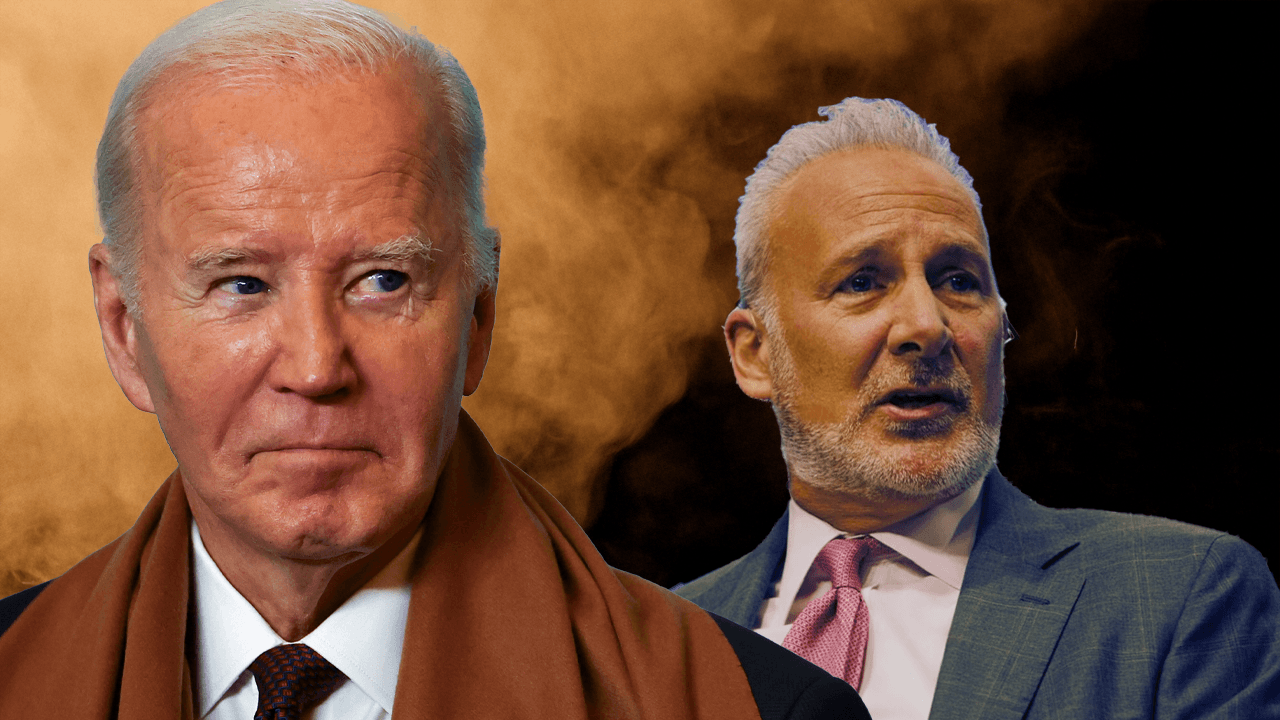China’s economic engine, the powerhouse that has been the envy of the world for decades, now seems to be falling under a heavy load of issues. We’re staring down the barrel of a year where hitting a 5% growth target feels more like wishful thinking than a realistic goal. Why? Because the stack of problems is taller than a skyscraper.
Consumer spending is as enthusiastic as a teenager cleaning their room, the property market is shaking like a leaf, and don’t even get me started on the stock market meltdown that wiped out trillions. Add to that the US putting a leash on China’s tech ambitions, youth unemployment that’s hitting record highs, and local governments buried under a mountain of debt, and you’ve got a recipe for a headache that no amount of aspirin can cure.
Let’s dive deeper, shall we?
China managed to hit its growth target last year, but pulling off a repeat performance is like trying to run back-to-back marathons with weights tied to your ankles. The comparison base this year isn’t doing China any favors, especially now that Covid Zero has left the chat, and we’re left dealing with the aftermath.
Economists are betting on a 4.6% growth, which sounds okay until you remember we’re talking about a country used to sprinting, not jogging. The real estate sector is gasping for air, and deflation is crashing the party like an uninvited guest, pulling the fastest decline in consumer prices since 2009.
Trade has its moments with exports initially jumping. Yet, Beijing is feeling the heat from US-led trade curbs, leaving everyone scratching their heads and wondering, “What now?” For a country that’s been the world’s growth engine, this slowdown is a global concern. The IMF still sees China as the world’s golden child when it comes to contributing to global growth, but the foundation of that contribution is starting to crack.
Meanwhile, manufacturing is looking more and more like a scene from a ghost town, with activity dropping for months on end. Exports, once the lifeline during the pandemic, are taking a hit for the first time in years. The US’s tech curb feels like a strategic chess move, leaving China in a spot where moving forward feels like pushing against a gale-force wind.
And the property market, oh boy, where do I start? It’s been a rollercoaster ride with more downs than ups. The government tried to play superhero by cracking down on debt-ridden developers, but the move backfired, sparking defaults and halting construction projects mid-way. This domino effect has led to a crisis of confidence, with many opting to clutch their wallets tighter rather than splurge on new homes or consumer goods.
Meanwhile, the government is scrambling to find a solution, slashing interest rates and rolling out fiscal stimuli like red carpets, hoping to spark a spending spree. Yet, high public debt and Xi Jinping’s austerity measures are making any plans impossible to implement.
In the midst of all this is the housing oversupply, a ticking time bomb that could further dampen the prospects of a quick recovery. The slowing urbanization and a shrinking population are adding to the woes, crushing the dreams of China surpassing the US as the world’s economic leader.





